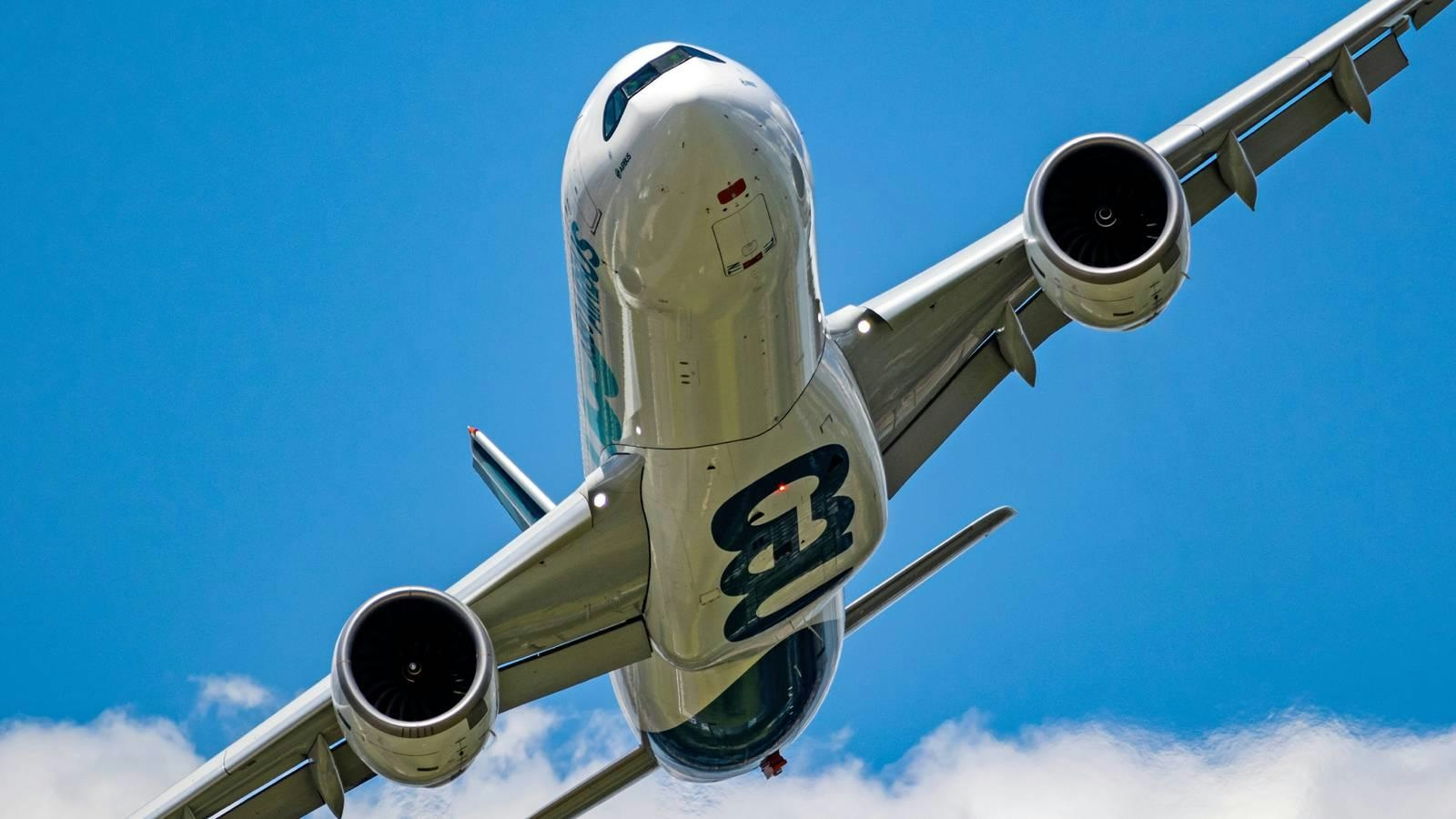
AeroGenie: il tuo copilota intelligente.
Tendenze
Categories
Former Malaysia Airlines A380 Returns to Service
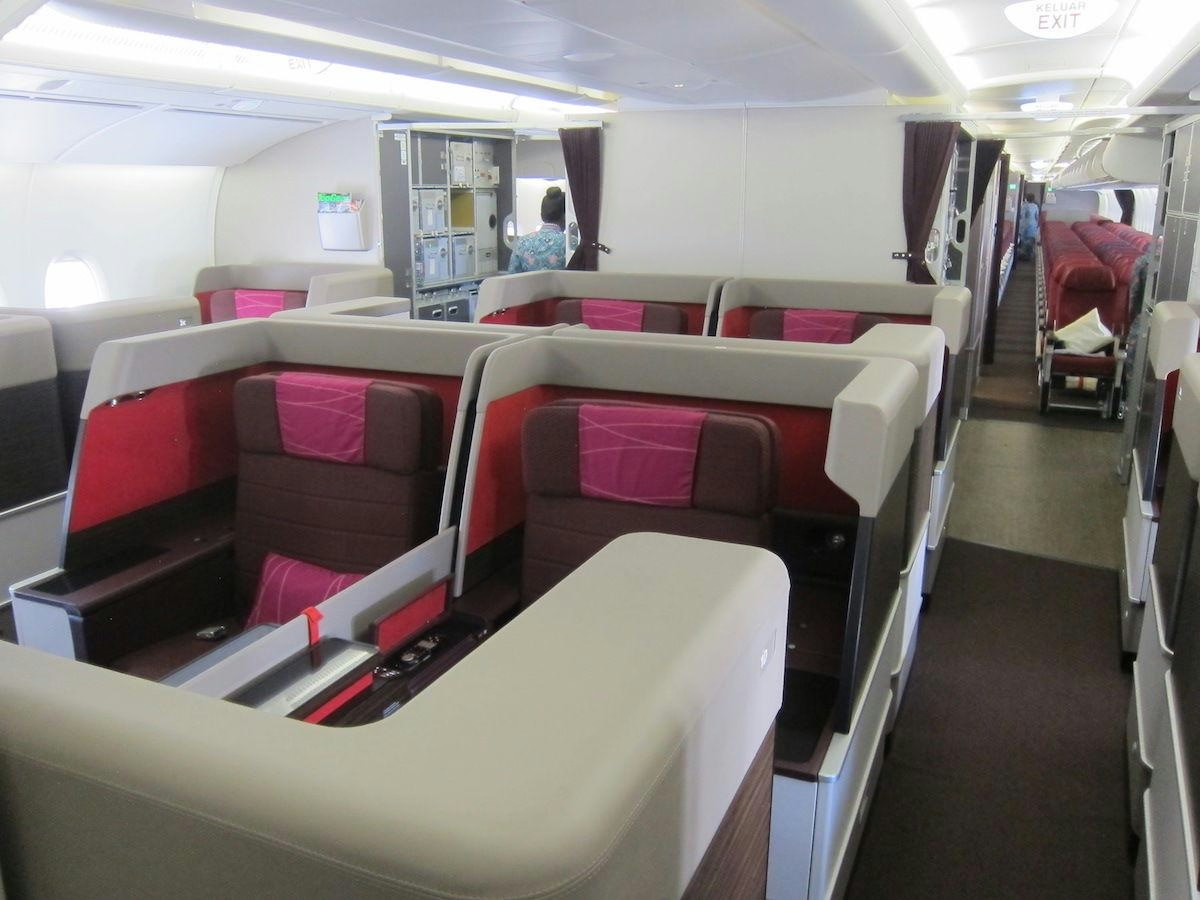
Former Malaysia Airlines A380 Returns to Service as Test Aircraft
A former Malaysia Airlines Airbus A380, once the world’s largest passenger aircraft, has resumed flight operations after nearly three years in storage. The 12-year-old superjumbo, originally registered as 9M-MNF, departed Tarbes, France, for Abu Dhabi, United Arab Emirates, on October 1, 2025, attracting significant attention within the aviation community.
Now owned by Airbus Financial Services and re-registered as 2-JAYN, the aircraft is set to undergo comprehensive maintenance at Etihad Engineering before being converted into a test platform. Contrary to speculation, the A380 will not return to commercial passenger service. Instead, Airbus intends to utilize the aircraft for research and development purposes, with a likely emphasis on sustainability initiatives and the advancement of next-generation aviation technologies.
The A380’s Operational History and Market Context
Delivered to Malaysia Airlines in March 2013 as the 100th A380 produced, the aircraft experienced limited operational use, accumulating fewer than 24,000 flight hours across approximately 2,300 flights. Malaysia Airlines faced challenges integrating the superjumbo into its fleet, ultimately retiring all six of its A380s in 2022. Following several years in storage and multiple ownership changes—including re-registrations as EI-HKF and later 2-JAYN—the aircraft’s reactivation signals a transition from commercial service to a focus on technological development.
This reintroduction occurs amid intensifying competition in the Asia-Pacific aviation market. Malaysia Airlines recently launched daily flights to Adelaide using the new A330neo, a strategic move that may heighten rivalry with regional carriers. Although the A380’s return is strictly for non-passenger use, its presence is being closely observed by competitors who may adjust fleet strategies or route networks in response. Airlines such as Cathay Pacific could potentially revise schedules or deploy alternative aircraft types to maintain their market positions.
Industry analysts are also monitoring Malaysia Airlines’ operational efficiency and passenger demand as the airline continues to modernize its fleet. While the A380’s renewed role is technical rather than commercial, it underscores ongoing shifts in fleet planning and the adoption of innovative technologies across the sector.
Emphasis on Innovation Over Commercial Operations
Etihad Engineering’s role is confined to maintenance and preparation; the aircraft will not be incorporated into Etihad Airways’ passenger fleet. Despite Etihad’s recent reactivation of its own A380s, there are no plans to expand beyond the current operational units. Airbus’s decision to repurpose the former Malaysia Airlines A380 for internal testing reflects a broader industry trend of utilizing existing aircraft platforms for research rather than passenger service.
This development follows the recent reactivation of another A380, formerly operated by Singapore Airlines, for undisclosed purposes. However, the two cases appear unrelated, with Airbus’s involvement in the Malaysia Airlines aircraft specifically oriented toward engineering and innovation.
The transformation of this A380 from a commercial airliner to a testbed marks a new phase in the aircraft’s legacy, demonstrating its enduring value in advancing aviation technology even as its role in passenger transport concludes.
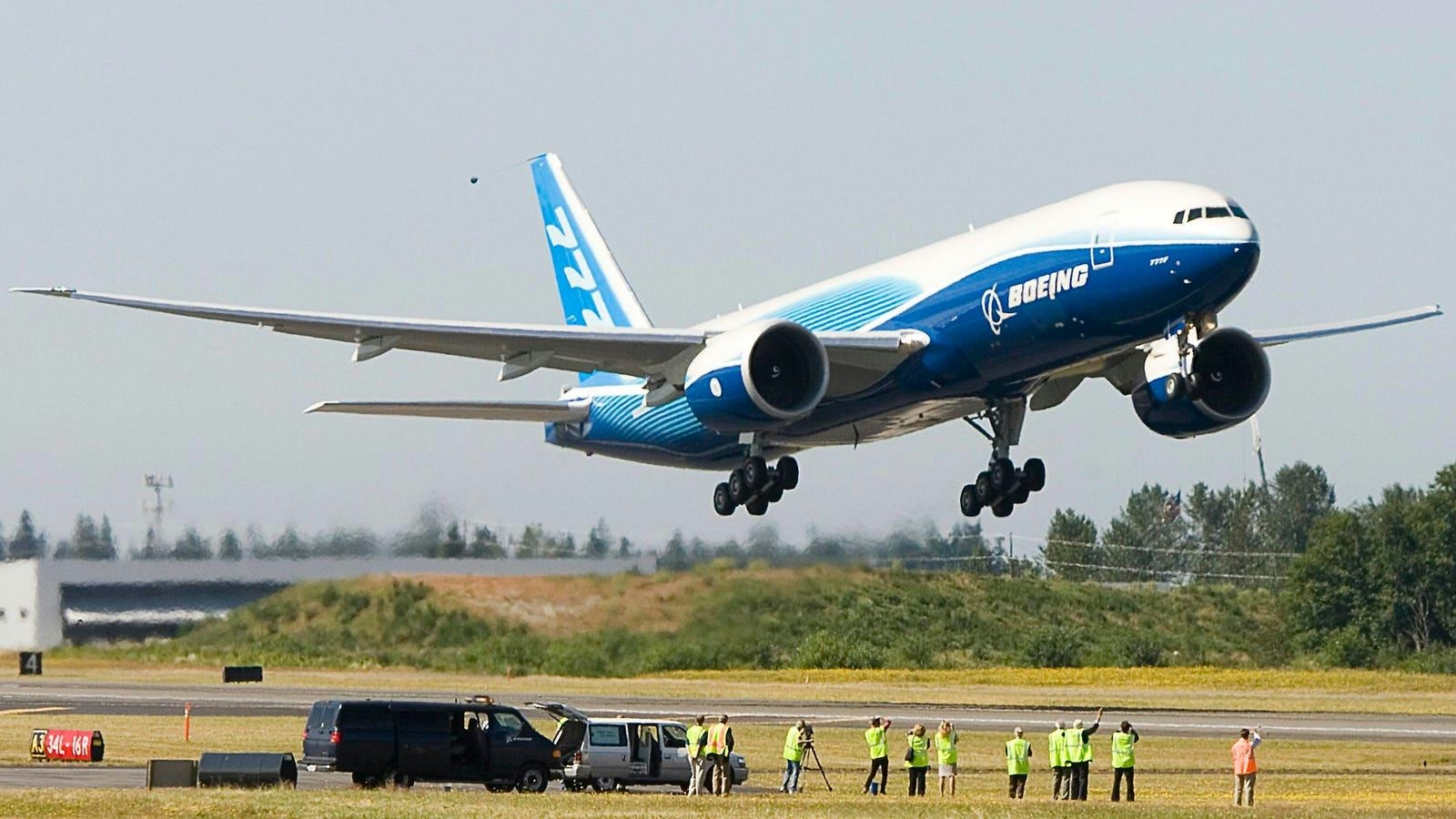
New Aircraft to Succeed the Boeing 777-200LR
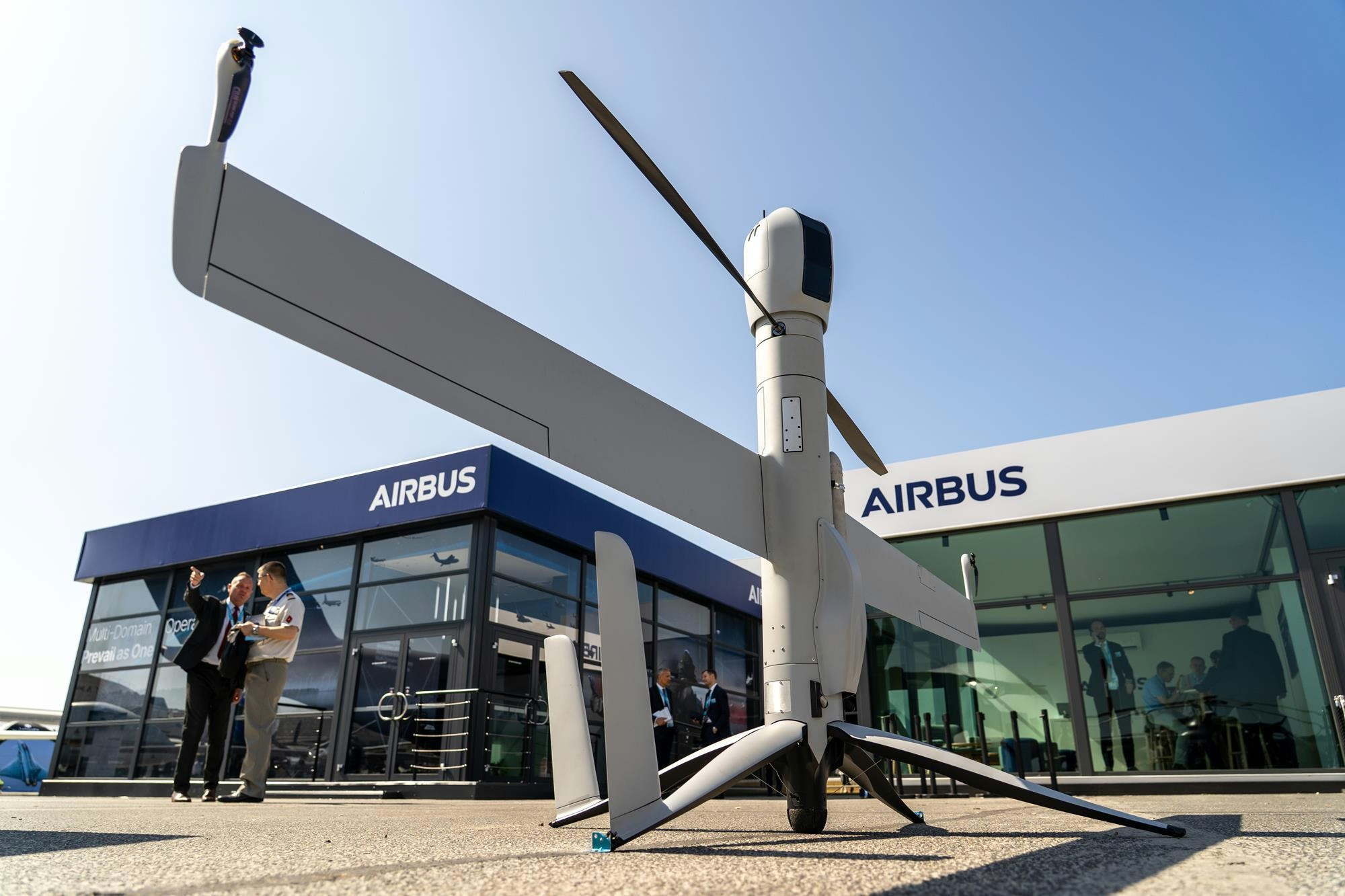
Uzbekistan Becomes First in Central Asia to Order Airbus Flexrotor Drones
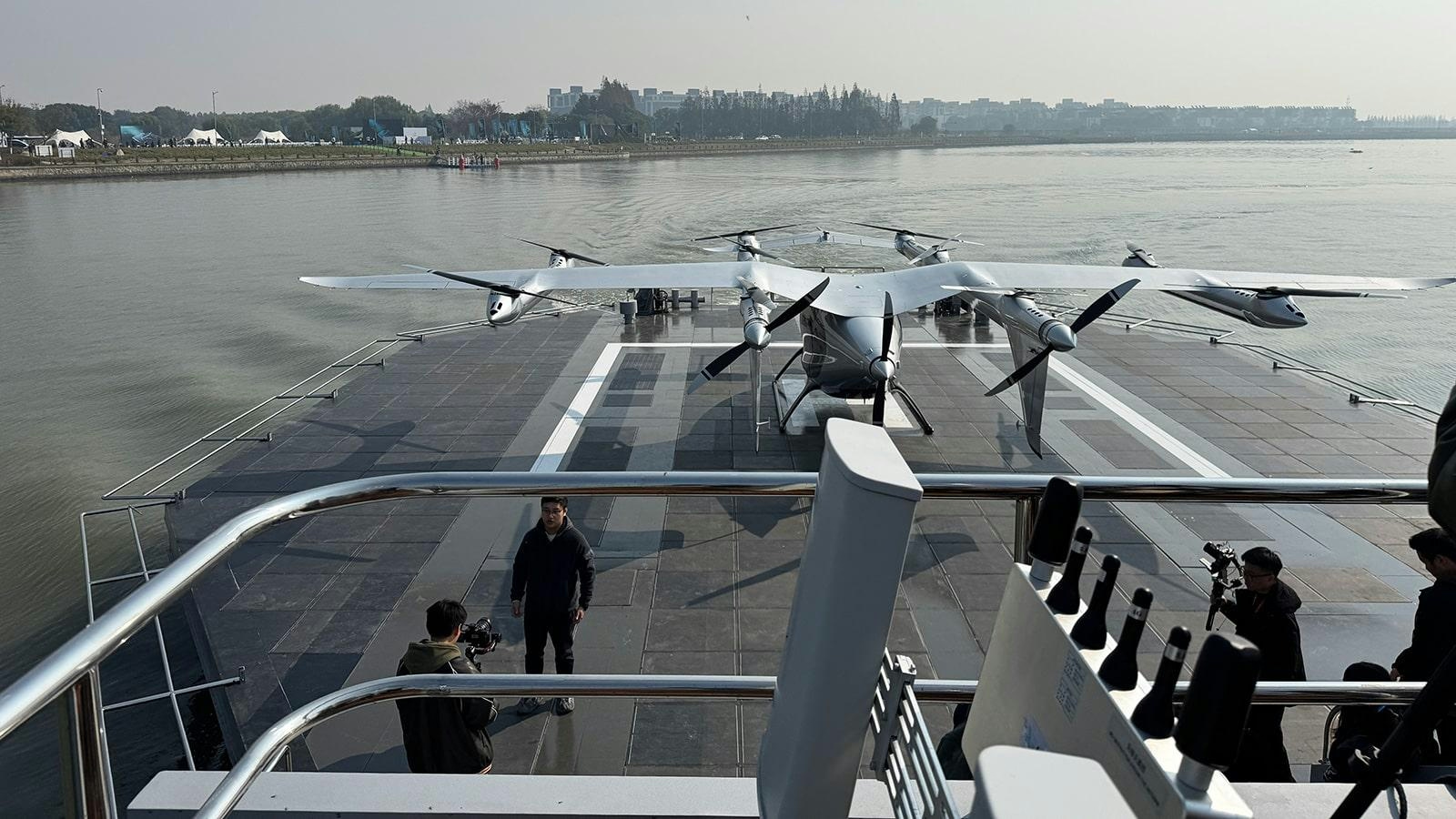
AutoFlight Unveils Zero-Carbon eVTOL Water Vertiport

SmallRig Partners with Photographer Chen Cheng to Advance Aerial Imaging

Aviation Lease Rates Hit Record High
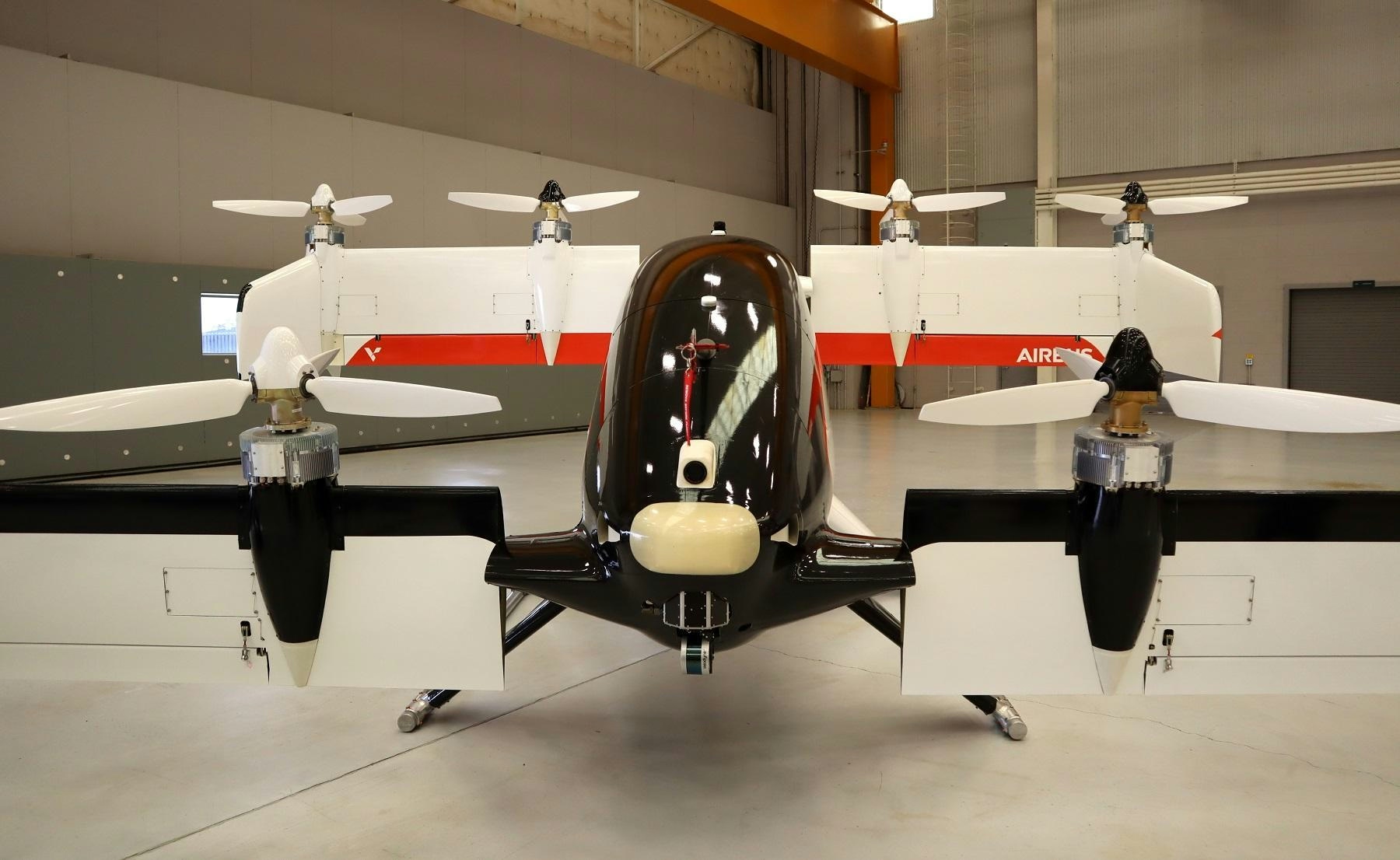
Inside a Four-Seater Flying Taxi Designed for Future Pilotless Flights
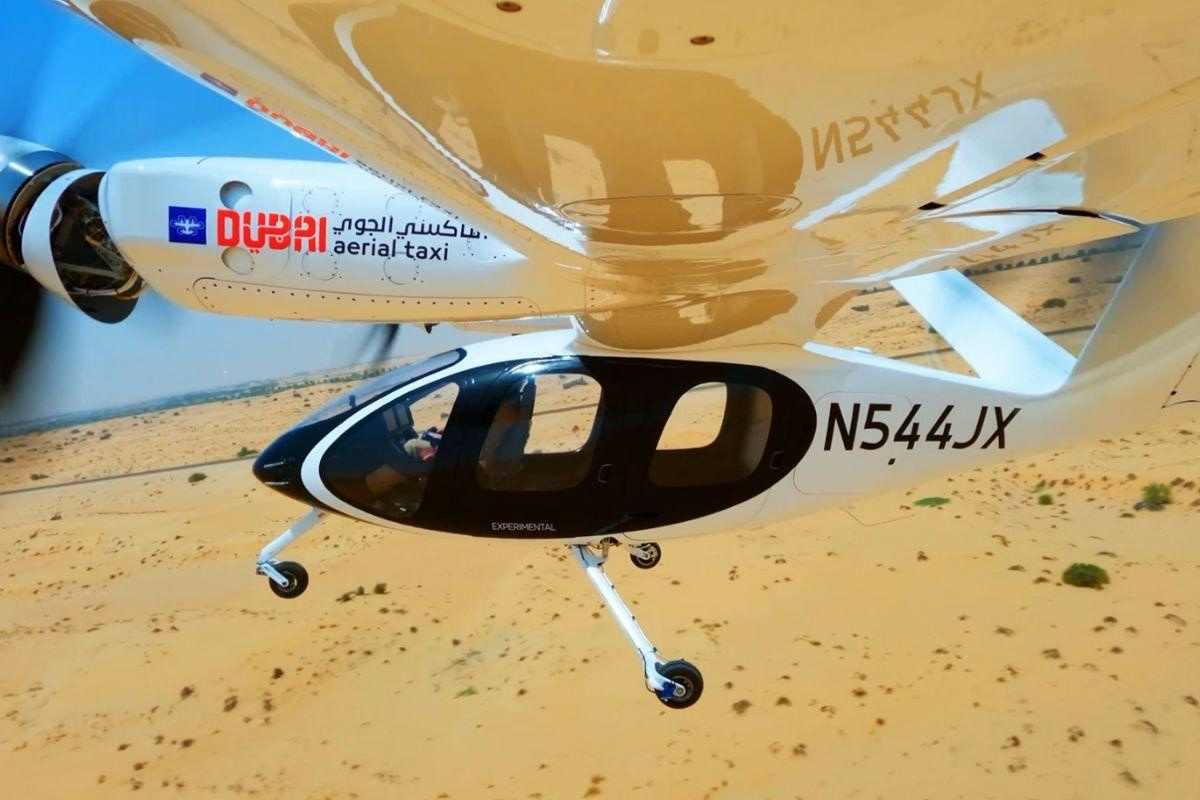
Dubai Prioritizes Public Safety Ahead of 2026 Air Taxi Launch
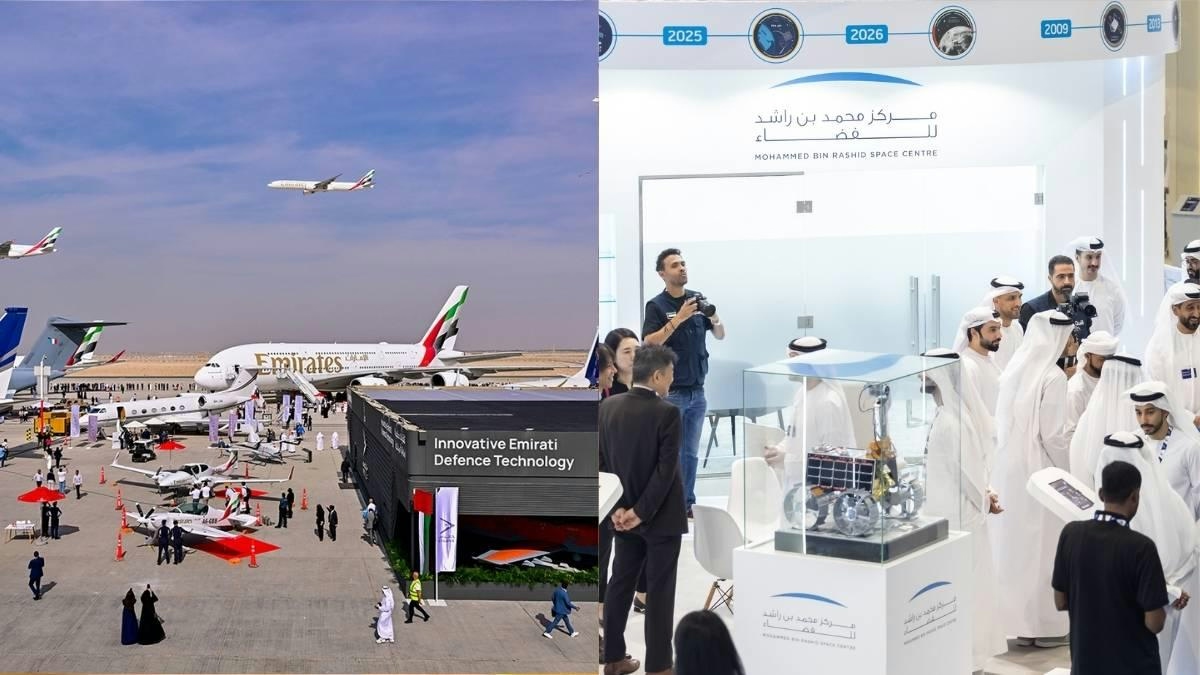
Emirates Airlines Unveils Major Initiatives at Dubai Airshow
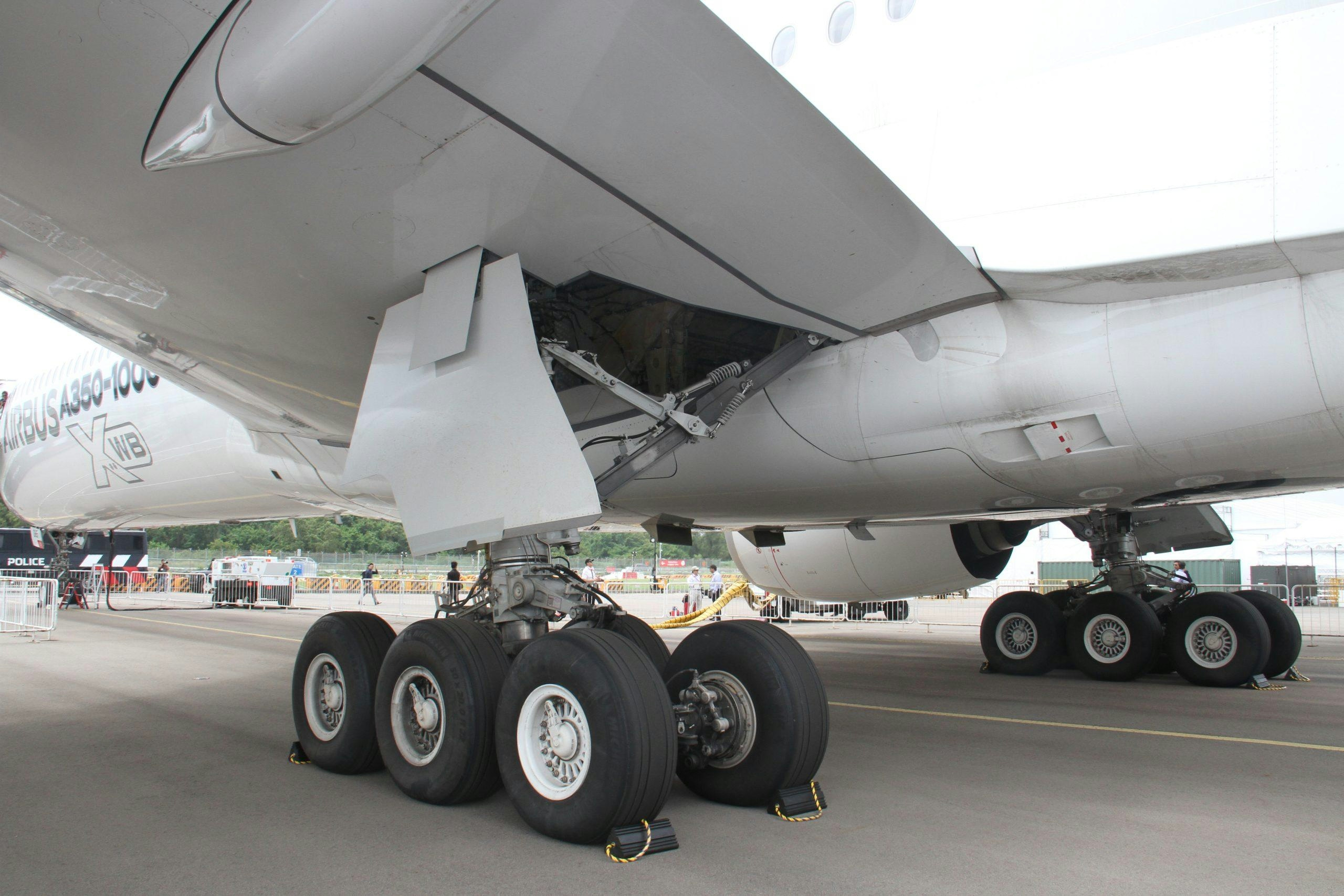
Why Airbus Markets the A350 as a Long-Range Leader
